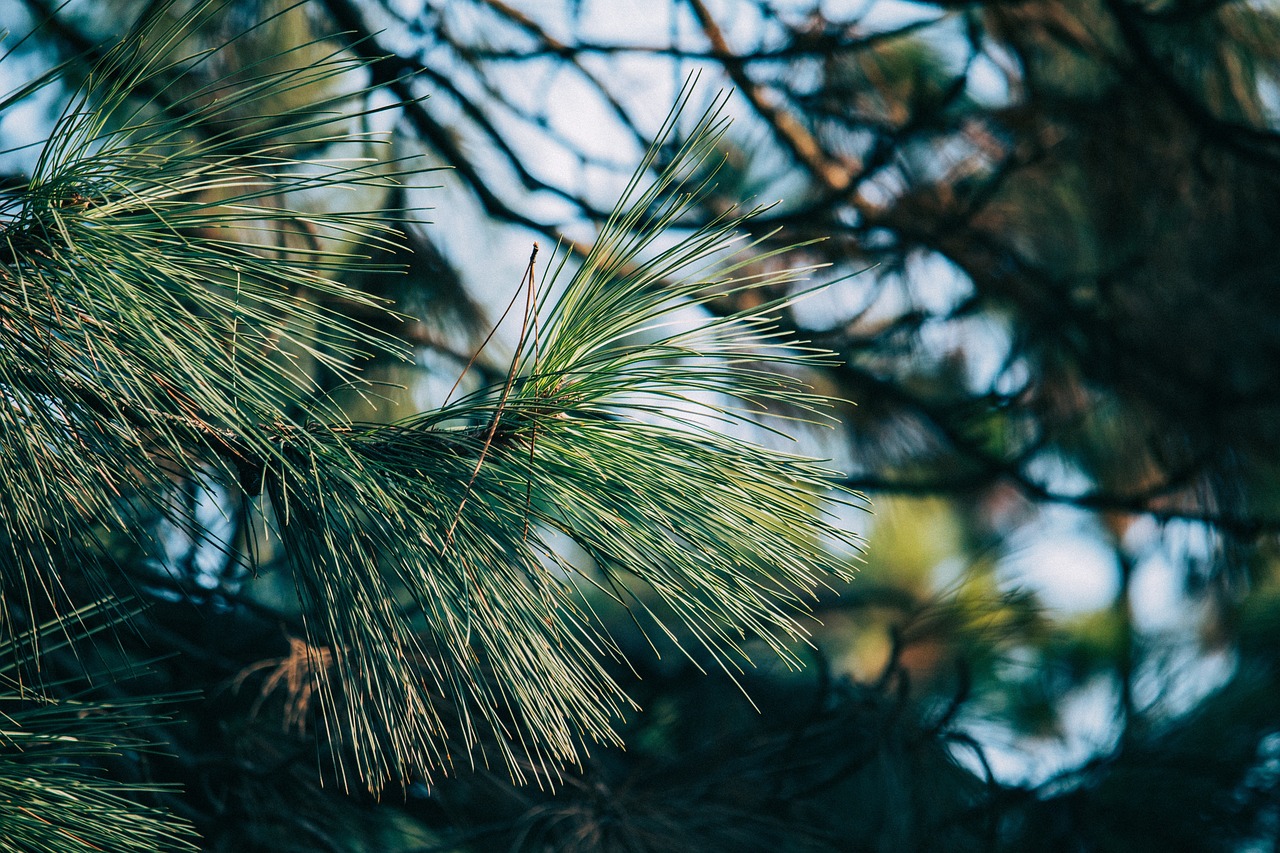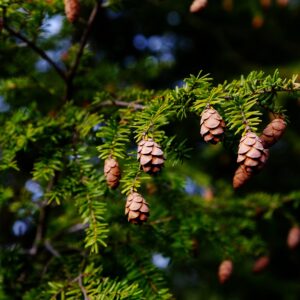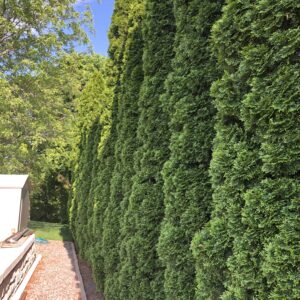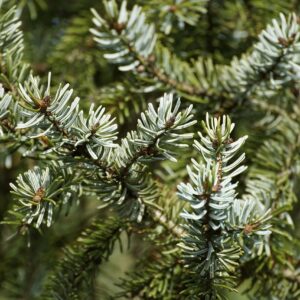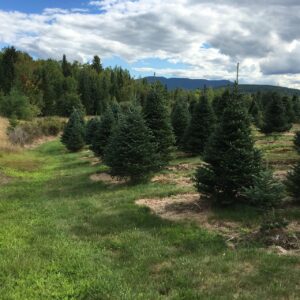Shortleaf pine (Pinus echinata) is a medium-sized pine tree native to the southeastern United States. It is known for its adaptability to a range of soil types and environmental conditions, making it an important species in both natural forests and managed woodlands. Shortleaf pine is a versatile and valuable tree that plays an important role in both the environment and the economy. Its adaptability, hardiness, and aesthetic appeal make it a key species in both natural forests and managed landscapes.
Physical Characteristics
Size and Shape: Shortleaf pine typically grows to a height of 50 to 80 feet, though it can occasionally reach up to 100 feet in ideal conditions. It has a straight trunk with a narrow, conical crown that broadens with age.
Needles: The tree’s needles are long, slender, and typically arranged in bundles of two or three. Each needle is 3 to 5 inches long, and they have a soft, flexible texture. The needles are green year-round, creating a consistent appearance throughout the seasons.
Cones: Shortleaf pine produces small to medium-sized pine cones, about 2 to 3 inches long. The cones are oval-shaped and have sharp spines on their scales. The cones typically take two years to mature and are an important food source for wildlife.
Bark: The bark of shortleaf pine is reddish-brown with scaly, irregular plates that peel off in small strips. As the tree matures, the bark becomes more rugged and furrowed, adding to its distinctive appearance.
Habitat and Growth
Soil and Water Preferences: Shortleaf pine thrives in well-drained soils and can tolerate a variety of soil types, including acidic, sandy, and loamy soils. It is moderately drought-tolerant once established but prefers areas with consistent moisture, particularly in the spring.
Light Requirements: It grows best in full sun but can tolerate partial shade, particularly in its early years. This makes it adaptable to a range of forest environments, including both open areas and more shaded forests.
Ecological Role
Wildlife: The seeds of shortleaf pine are a food source for birds, small mammals, and squirrels. Its canopy provides shelter for various animals, and the tree is often part of diverse ecosystems that support a wide range of species.
Erosion Control: The deep root system of shortleaf pine helps stabilize soil, particularly in areas prone to erosion, such as hillsides and riverbanks.
Uses
Wood: The wood of shortleaf pine is lightweight yet strong, making it useful for construction, pulp and paper production, and furniture. It is also often used for general-purpose lumber and is an important timber species in the southeastern U.S.

